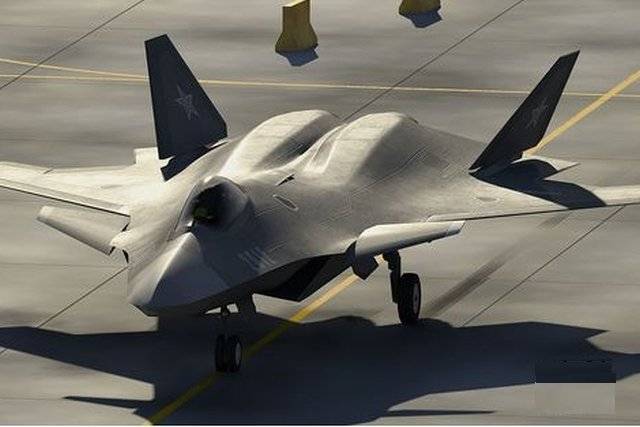
|
| China's 6th-Generation Stealth Fighter Program |
Do you think China will be able to develop a 6th generation fighter soon?
The Chinese Communist Party (CCP) aspires to become a world power and has lofty ambitions in this regard. To achieve this goal, it has invested heavily in building a first-rate blue-water navy capable of extending its reach throughout the Indo-Pacific. Beijing, like Moscow, has prioritized developing an indigenous aircraft program untethered to Russian or Soviet blueprints.

|
| China's 6th-Generation Stealth Fighter Program |
It has been speculated that China may join the ranks of those developing a sixth-generation fighter
A twin-engine fifth-generation aircraft, the FC-31 Gyrfalcon is currently in the prototype phase of development. It has been speculated, however, that China may join the ranks of those developing a sixth-generation fighter. When compared to the current state of global efforts to develop and produce such an aircraft, China may be in for a Sisyphean task.
The British Ministry of Defense (MoD) announced last week at the Farnborough International Airshow that a flying demonstrator of the UK-led Future Combat Air System (FCAS; also known as the Tempest) would be unveiled within the next five years. That announcement coincided with word that the rival 6th-generation program, led by the Franco-Germans and also known as FCAS, might be scrapped. Program delays and disagreements over the project's intended path have been raised as major concerns.
It has been speculated that the two European initiatives will merge into one, and the Japanese have expressed an interest in collaborating with the initiative being led by the United Kingdom.
For China, what does this mean?
Given the progress being made (or not being made), depending on the situation in Europe, China may find it difficult to develop such an aircraft.
That is, unless it employs hackers to "glean" information from the FCAS efforts or the Next-Generation Air Dominance (NGAD) program of the US Air Force.
China's Chengdu Aerospace Corporation is widely lauded for developing the J-20 "Mighty Dragon," a twin-jet all-weather stealth fighter aircraft.
It is widely believed that China has stolen intellectual property from Lockheed Martin, specifically the F-22 Raptor and F-35 Lightning II. Despite boasting about its ability to develop modern aircraft domestically, Beijing still received "help" from the west.

|
| China's 6th-Generation Stealth Fighter Program |
The first 2019 mention of a Chinese sixth-generation fighter came from the state-run Global Times. In a bold statement, the publication asserted, "China will not fall behind in the global race toward 6th-generation fighter jets." The article also cited a media interview with Wang Haifeng, chief architect at the Chengdu Aircraft Research and Design Institute who contributed to the development of the J-20 stealth fighter.
According to the Global Times, a military expert said, "China's tradition is to have one generation in service, a new one in development, and a next-generation under study," and this pattern has been repeated with Chinese aircraft carriers. An additional new aircraft is being developed, the statement said.
As ambitious as that may be, China has yet to convince the world that its fifth-generation aircraft can hold their own against those of the United States, whose development it may have influenced. China's Chengdu Aerospace Corporation is widely lauded for developing the J-20 "Mighty Dragon," a twin-jet all-weather stealth fighter aircraft. However, Western observers have long cast doubt on those abilities, maintaining that Chinese aircraft cannot realistically compete with the F-22 or F-35 of the US military.
A Royal United Services Institute air combat expert named Justin Bronk claims that "the F-22 probably significantly outperforms the J-20 in almost every aspect of combat capability."
It may look like the J-20 is capable, but don't let that fool you.
Furthermore, even if China achieves its ambitious goal of putting a 6th-generation aircraft into service by the middle of the 2030s, it will likely still lag behind what the United Kingdom or the United States may have available. Although Beijing has made great strides forward, it is likely that it will continue to catch up.

